They are best used throughout the day so that the system is well prepared before bed. They can all be experienced as a tea and drunk fresh or dried. Or for a deeper alchemical experience, explore how to make a floral bath or tincture.
Floral Bath
To make a floral bath cut 10-15cm long bunches of the herbs, tie them in a bunch and attach to the taps. Lemon balm, lavender, tulsi make a great combination but try any blend you like. Leave the bunch of herbs to infuse whilst the bath runs. And then immerse yourself in the fragrant waters whilst the herbs to their trick.
Herbal Salt-Bath Soak
These are easy-to-make and very soothing for sore muscles and skin.
What you will need:
½-1 cup of Epsom salts
1 cup of chopped herb (fresh or dry)
5 drops of pure essential lavender oil (or another oil of your choice)
1 muslin bag and string to tie.
Pour your Epsom salts into a bowl and mix with the herbs of your choice so that all the ingredients have blended together. Then add the 5 drops of essential oil. Use a spoon and transfer the mixture into individual muslin bags and tie the tops securely.
To use, place in a running bath or hang from the tap and enjoy.
To refresh just discard the spent herbs in your compost and renew for another relaxing bath.
For skin soothing think of herbs such lavender; for relaxatio try clary sage or lemon balm; for gardener’s back, St John’s wort.
Herbal Tea
Just as selecting top quality herbs is important for a great cup of tea, so are the minute details such as the amount of herbs in each cup, the shape and size of the herbs, the infusion time, the quality of water, the water temperature, the teapot, the cup……the company.
The herbs in the Sweet Dreams Garden have anrange of flavours from bitter to sweet. Fresh chamomile flower tea tastes of a tranquil summer evening. Skullcap is light and herbacious whilst valerian root is heavy and earthy. Motherwort, California poppy and wood betony are more bitter so blend with sweeter herbs. Making a blend is always a good way to balance the extreme flavours and adding some licorice or fennel helps to sweeten a brew.
Water for the best herbal tea should be fresh, pure, clear, odourless and low in minerals. Its also really worth thinking about where you get the energy required for boiling your water. Getting your energy from a renewable energy source is the best way for a positive cup of tea. Getting an energy efficient kettle is another way of ensuring you don’t waste energy.
Its also important to keep a lid over the herbs so their precious aromatic oils are kept in the tea.
Infuse the herbs in covered cup or teapot for 10-15 minutes, strain and drink. Some herbs may be infused or decocted for longer so read up on the specifics of each herb.
Tinctures
A tincture is made by macerating fresh or dry plants in a solution of water and alcohol. The tincture maceration method is tried and tested, effective and pretty easy to make. You will need some jars for storing the maceration, measuring jug, scales, record book and maybe a mill, chopping board and a pestle and mortar.
Cut the herb into small pieces, weigh the appropriate amount and then add the suitable strength of alcohol with the volume of water. A starting guide for dry herbs is to use a ratio of 1 part herb:5 parts menstruum (the liquid solvent) – in this example it means you know that 5ml of the finished tincture extract is equivalent to 1g of the herb. This blend is left to soak for 2-4 weeks, gently agitated daily, ensuring everything is fully submerged, and then strained and pressed. It is important to filter the tincture before use (a coffee percolator works well) and to label it correctly with dates, batch numbers, ratios and ingredients.
For more specific information on you can read our blog on making macerated or infused tinctures and percolated tinctures.
How to dry your herbs
Once you start drying your own herbs you will realise how good freshly-dried herbs can actually be. Lay them out on a rack and keep in a warm – around 35C – and well ventilated area for 12-24 hours, or until crisp and dry. Delicate herbs like chamomile or skullcap must be handled especially carefully and used in a short space of time as they easily loose their flavour. Pick individual flowers and leaves and place neatly on your drying rack. For roots, scrub them clean, slice into smaller pieces and dry for as long as necessary. A dehydrator may be best for more predictable results and store in an airtight container.
Always read the specific information on each individual herb to find out how to use them properly.

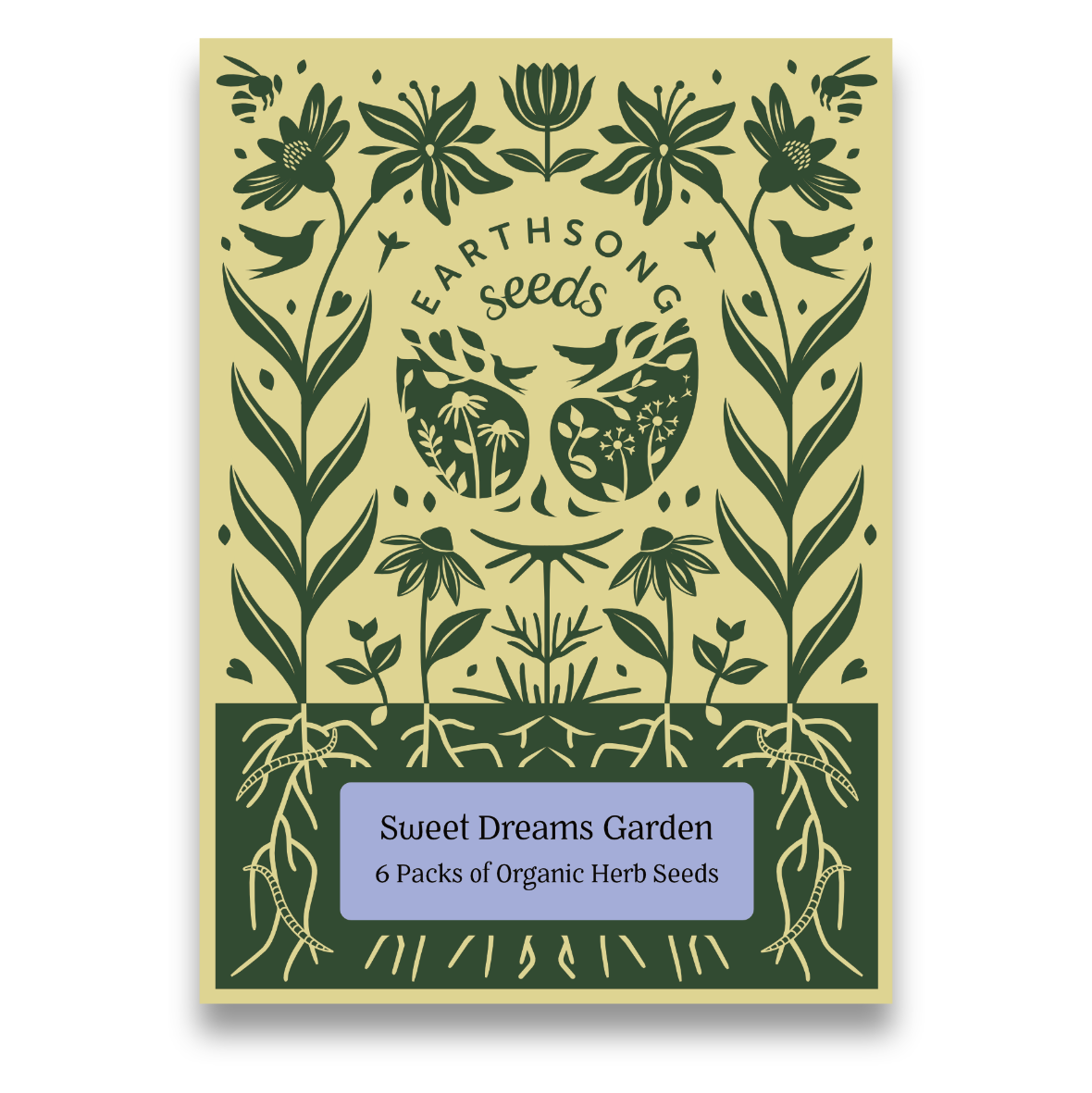

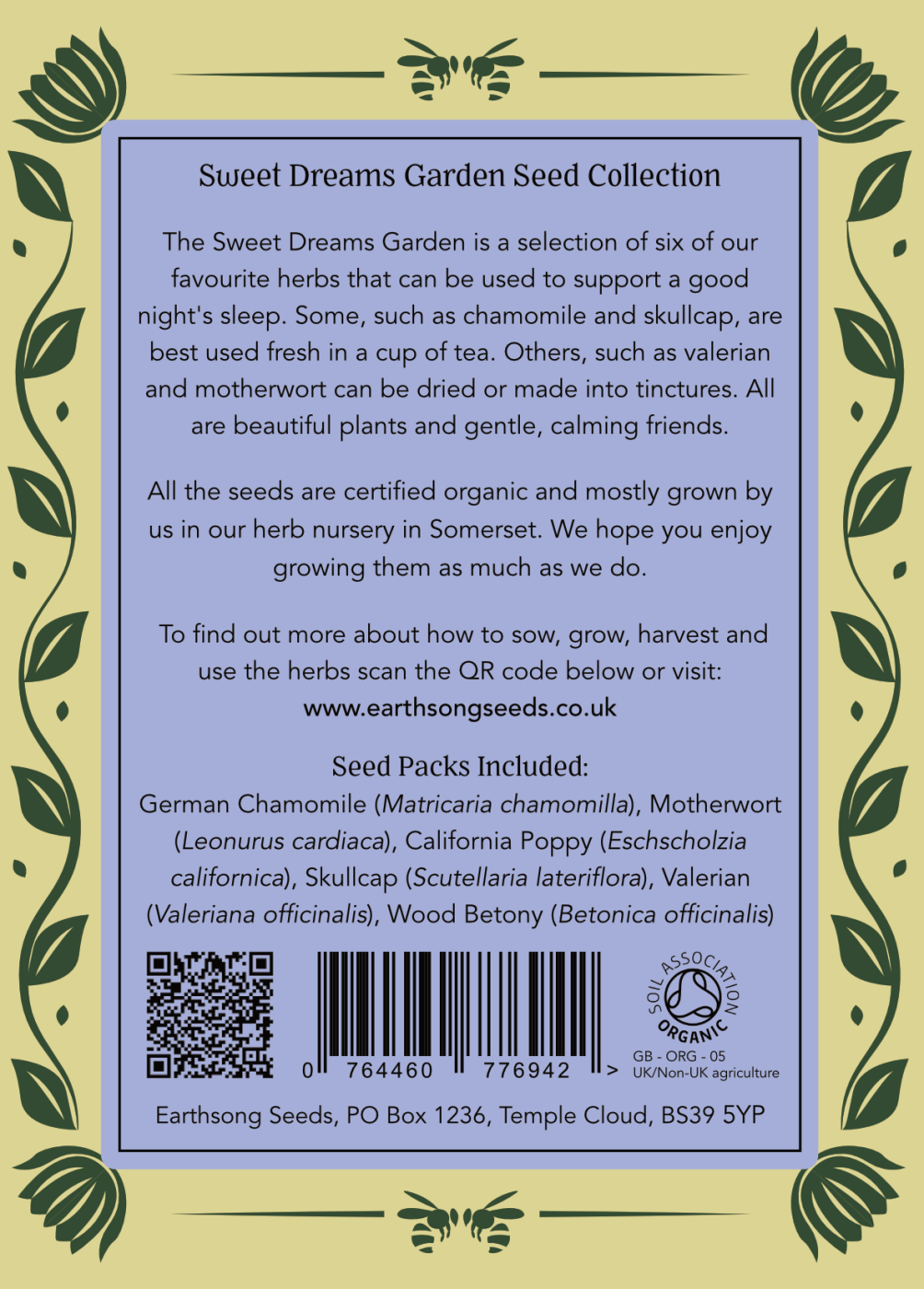







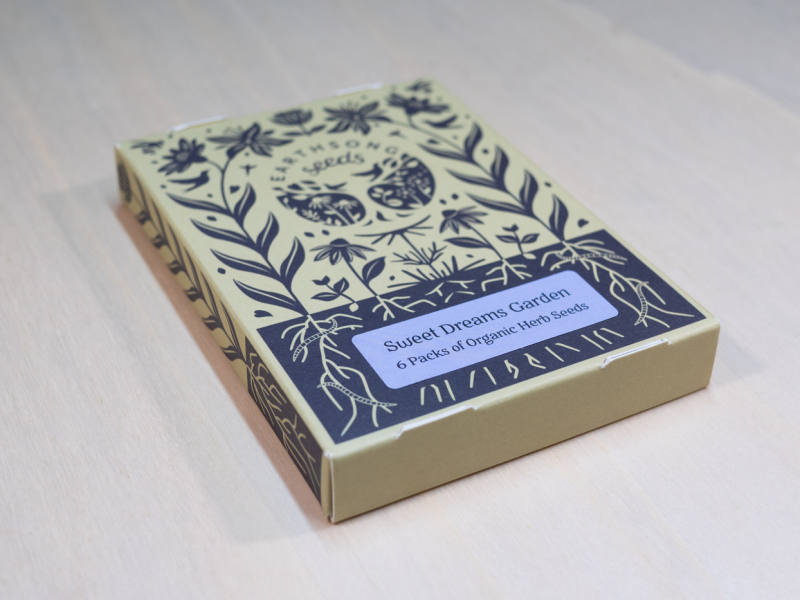
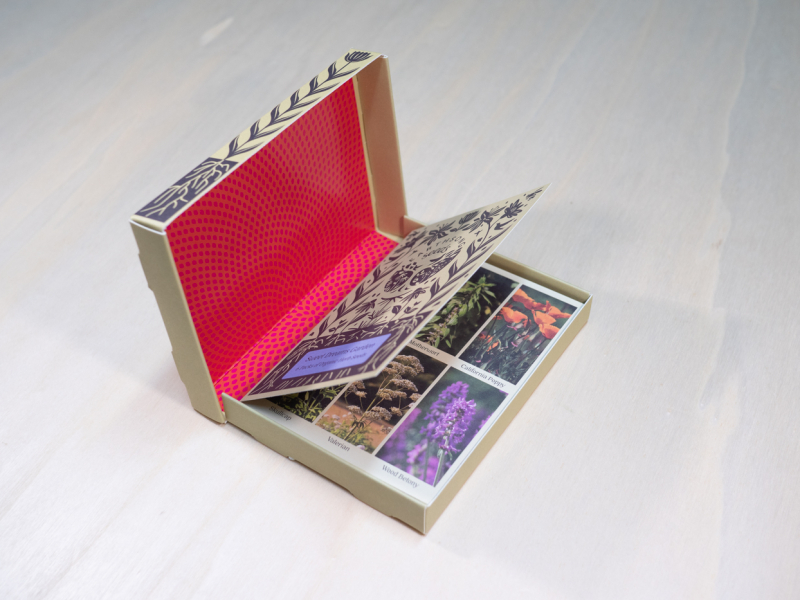




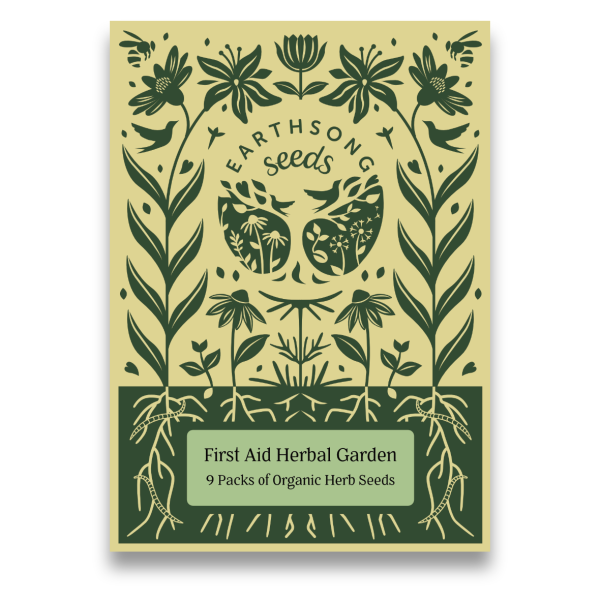
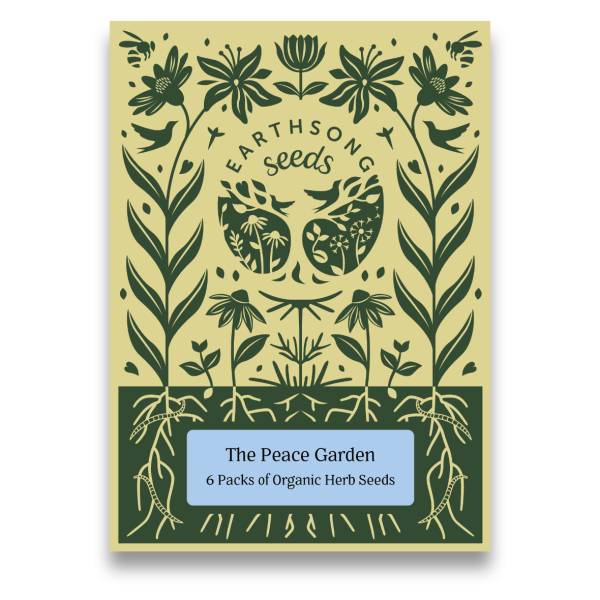
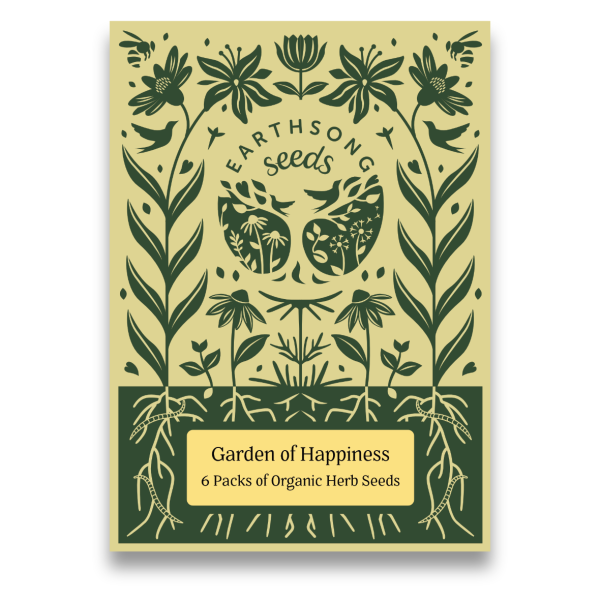
Reviews
There are no reviews yet.